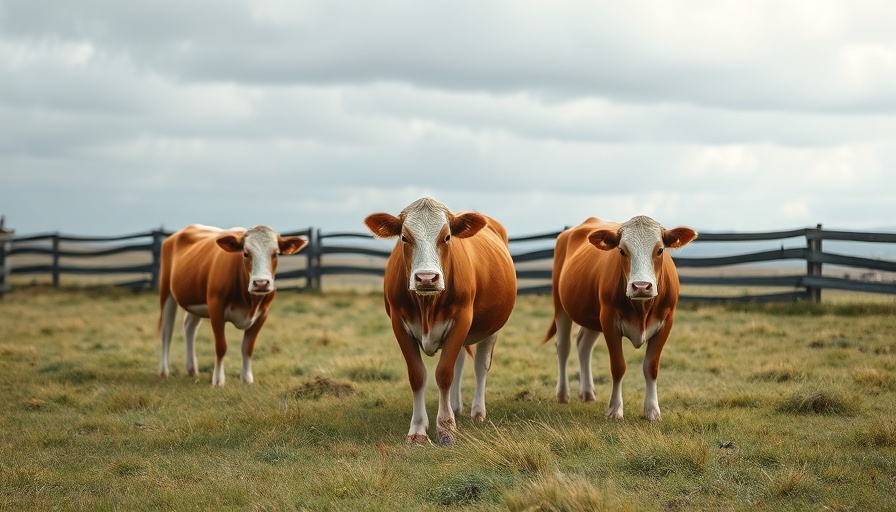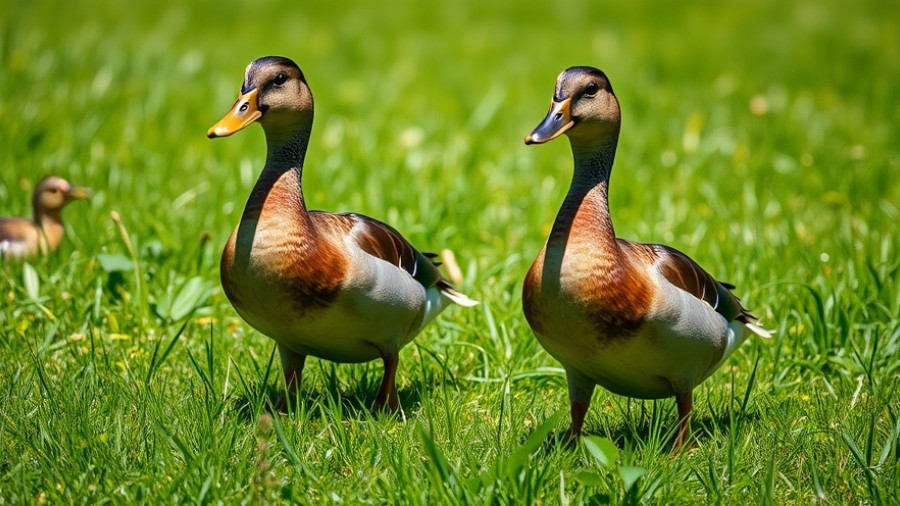
New H5N1 Strain Targets Dairy Workers in Nevada
In a concerning development, a dairy worker in Nevada has been infected with a new strain of H5N1 bird flu known as genotype D1.1. This strain has recently switched hosts from birds to cows, marking a significant milestone in the ongoing monitoring of avian influenza. The strain was first detected in cows in Nevada only last week, as confirmed by the Centers for Disease Control and Prevention (CDC). The affected worker is currently recovering from conjunctivitis, commonly known as pink eye, which is the sole symptom reported.
Understanding the H5N1 Outbreak
The H5N1 virus that has predominantly circulated in wild birds has been identified under clade 2.3.4.4b and genotype D1.1. This specific outbreak in dairy cows was initially thought to stem from a single spillover event occurring in Texas late in 2023. Since March 2024, it has resulted in infections in dairy cows across the U.S., raising alarms about the interactions between livestock and wild birds.
The Human Impact of H5N1
To date, the CDC has confirmed 68 human cases of H5N1 in the U.S., 41 of which involve dairy workers similar to the individual in Nevada. While most cases have been mild, the recent detection of D1.1 in humans underscores the potential for more severe outcomes, particularly since this genotype is linked to a fatal case reported in Louisiana.
Genetic Insights and Public Health Concerns
Genetic studies reveal that the D1.1 strain has previously led to infections in at least 15 people across several states, including Iowa and Washington. This pattern highlights a need for heightened vigilance in agricultural practices to prevent such spillovers from wildlife to livestock and subsequently to humans. The unique nature of this latest infection emphasizes the importance of monitoring animal health to safeguard public health.
 Add Row
Add Row  Add
Add 




Write A Comment